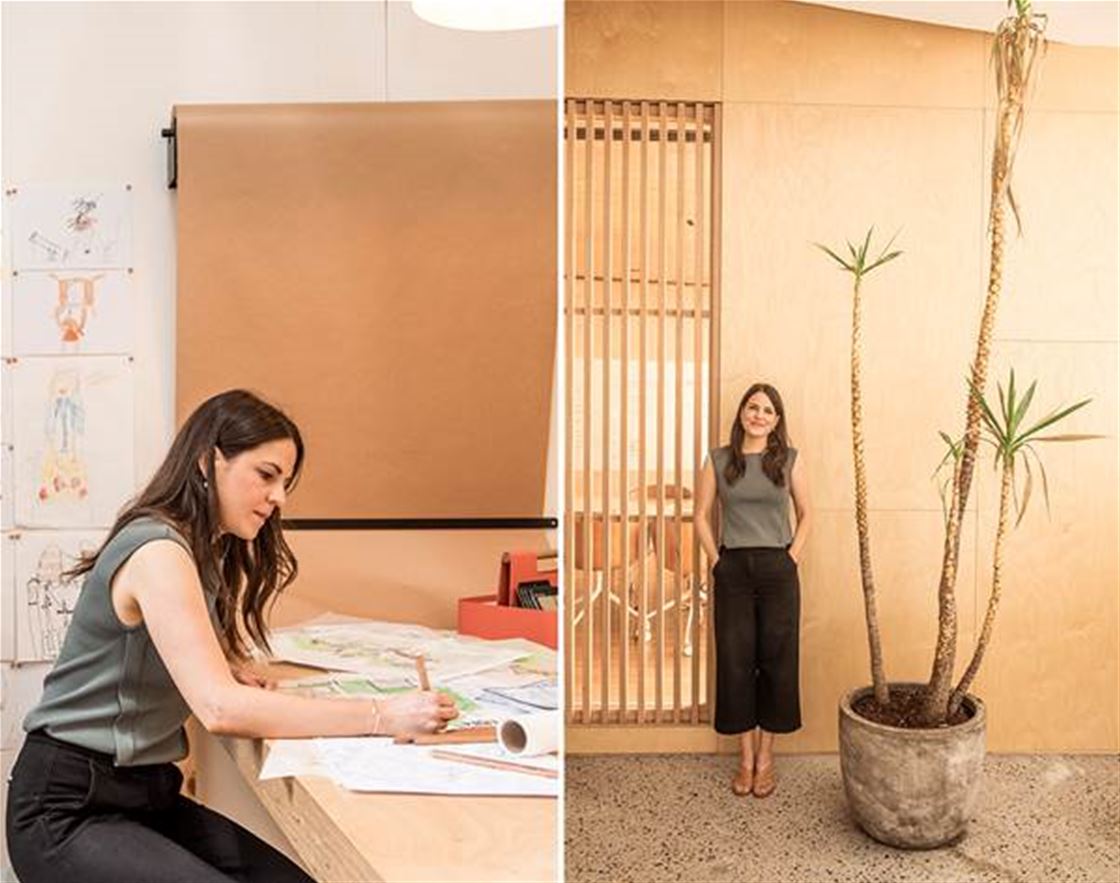a day in the life of architect for kids natalia krysiak
Sydney architect Natalia Krysiak designs playful spaces for little ones.
 Kids need architects, too! We chat to Natalia Krysiak about how she came to be an architect for little ones, then follow her on a typical day in her creative life.
Kids need architects, too! We chat to Natalia Krysiak about how she came to be an architect for little ones, then follow her on a typical day in her creative life.
Hi Natalia! Tell us about yourself and what you do. I’m a design architect at Sydney firm Hayball, where I specialise in designing play and learning environments for children. I also run an organisation called Cities for Play, which advocates for more child-friendly cities.
What made you want to be an architect? My parents loved to travel, so I grew up in different cities around the world. I became fascinated by each new house or apartment we lived in, and how the neighbourhood was arranged — the things I saw on the way to school, where I played, or how easy it was to walk to the local shop that sold ice-cream. Those experiences helped form my fascination with cities and buildings. When I found out about architecture as a profession, I knew that’s what I wanted to do. Tell us about studying at Monash University. Architecture can be such a siloed profession, but the way it was taught at Monash, embedded with the Art and Design departments, helped me broaden my understanding of what an architect could be – that we had a collective responsibility to make the world a better place through design. And I got to be around a really nice community of designers – in everything from fine arts to graphics to industrial design – who shared that same vision.
Tell us about studying at Monash University. Architecture can be such a siloed profession, but the way it was taught at Monash, embedded with the Art and Design departments, helped me broaden my understanding of what an architect could be – that we had a collective responsibility to make the world a better place through design. And I got to be around a really nice community of designers – in everything from fine arts to graphics to industrial design – who shared that same vision.
Why did you start Cities for Play? When I started working as an architect, I noticed how rarely designers or planners talked about the needs of children in design meetings, or asked them for their opinions when it comes to city or building design. But they’re the real clients. How can we design a public school or playground without asking kids themselves what their ideal environment might look like? Cities for Play advocates for more playful city design through research, advocacy and community engagement, which a lot of the time means talking to children.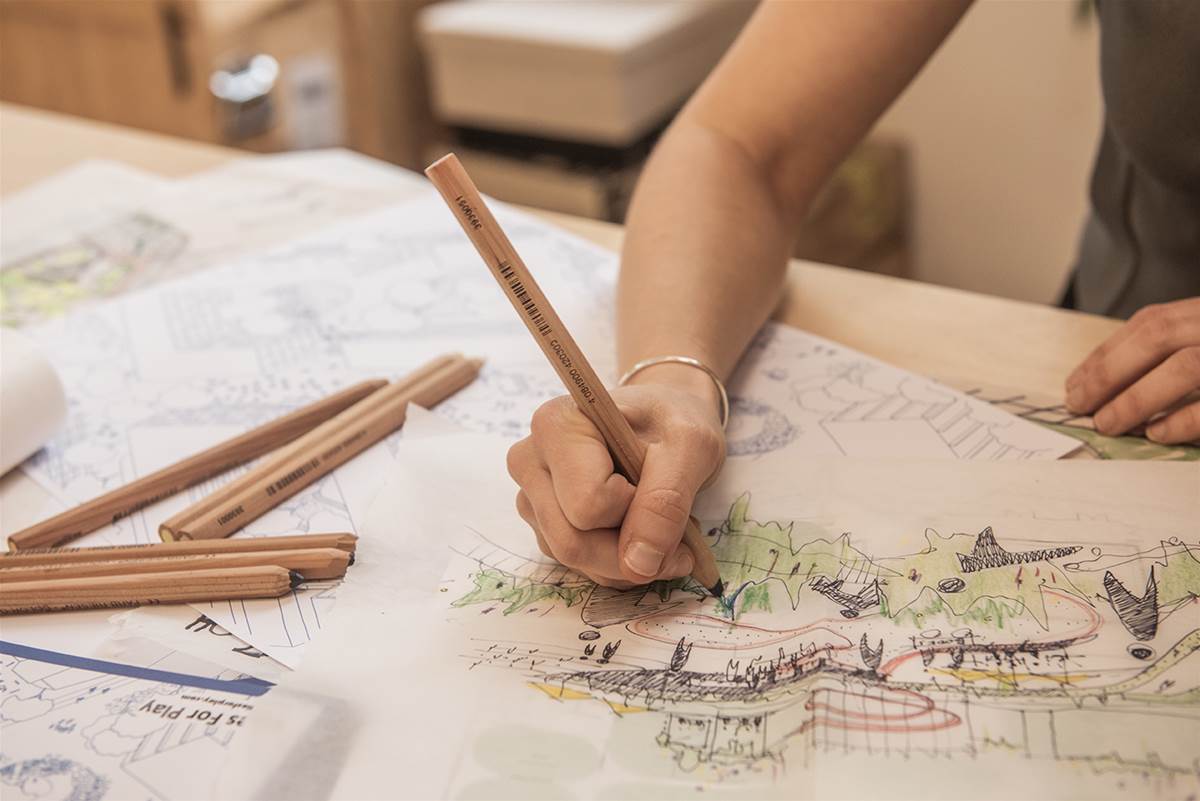 What makes a city more friendly for kids? It’s not just adding playgrounds; every space within a city can be a space for play. Traditionally children played out in the streets, but more and more we’ve relegated them into fenced-in areas. We can start by moving away from designing neighbourhoods for the convenience of cars. For example, closing down the streets around a school zone so kids can easily enter school. Or we can create spaces where groups of children can congregate and walk to school together.
What makes a city more friendly for kids? It’s not just adding playgrounds; every space within a city can be a space for play. Traditionally children played out in the streets, but more and more we’ve relegated them into fenced-in areas. We can start by moving away from designing neighbourhoods for the convenience of cars. For example, closing down the streets around a school zone so kids can easily enter school. Or we can create spaces where groups of children can congregate and walk to school together.
From a design perspective, was there a city you loved living in the most? Columbia, Missouri, a university town in the middle of the US. We lived in family-friendly housing units, organised in clusters around a courtyard space. All the kids would meet there, and it was just an amazing atmosphere. It shows how rarely we think about what a child wants; an adult might think it's luxury to have a private backyard, but what a child really wants is a space to play with their friends, where everyone can congregate.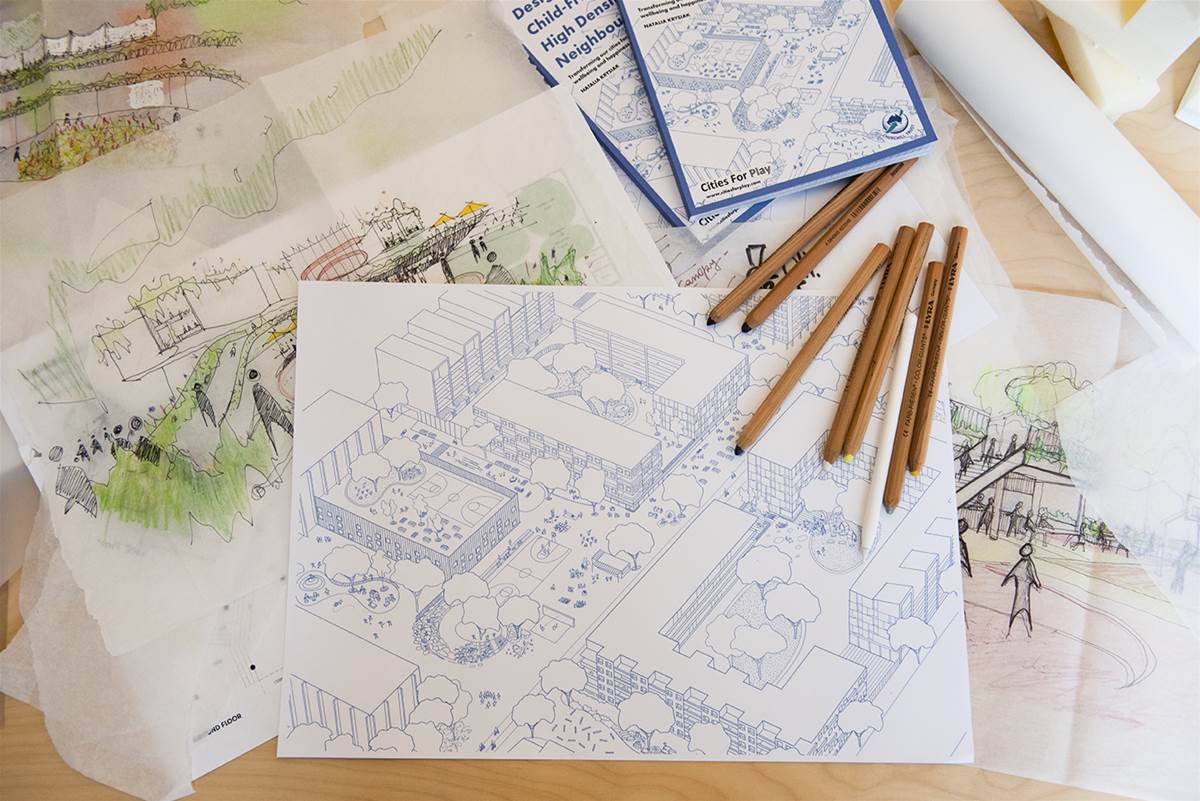 What advice do you have for folks who want to study architecture? Broaden your understanding of what a typical architect or designer might be, because those professions are shifting so quickly. And find out what you’re really passionate about, otherwise it can feel like a bit too much effort! If you love it, it becomes so much more than just a career.
What advice do you have for folks who want to study architecture? Broaden your understanding of what a typical architect or designer might be, because those professions are shifting so quickly. And find out what you’re really passionate about, otherwise it can feel like a bit too much effort! If you love it, it becomes so much more than just a career.
A typical day in Natalia’s creative life:
8am: I walk the 30 minutes from home to Hayball studio in Surry Hills. It gives me enough time to wake up and feel refreshed by the time I sit at my desk.
9am: At the moment, I have a school project under construction, so I spend the morning scanning emails for fires that need to be put out. The builders have usually been on site for a couple of hours before my day starts, so my inbox is usually already full with tasks for the day!
10am: I’ll switch off from emails to work on things that need focus, like drawing up construction details or revising drawings. I typically use an iPad for this, as it’s easy to draw details or mark-up drawings, then press send right away. I might be designing something very small-scale, like a piece of children’s furniture, or something much larger, like a school master-plan.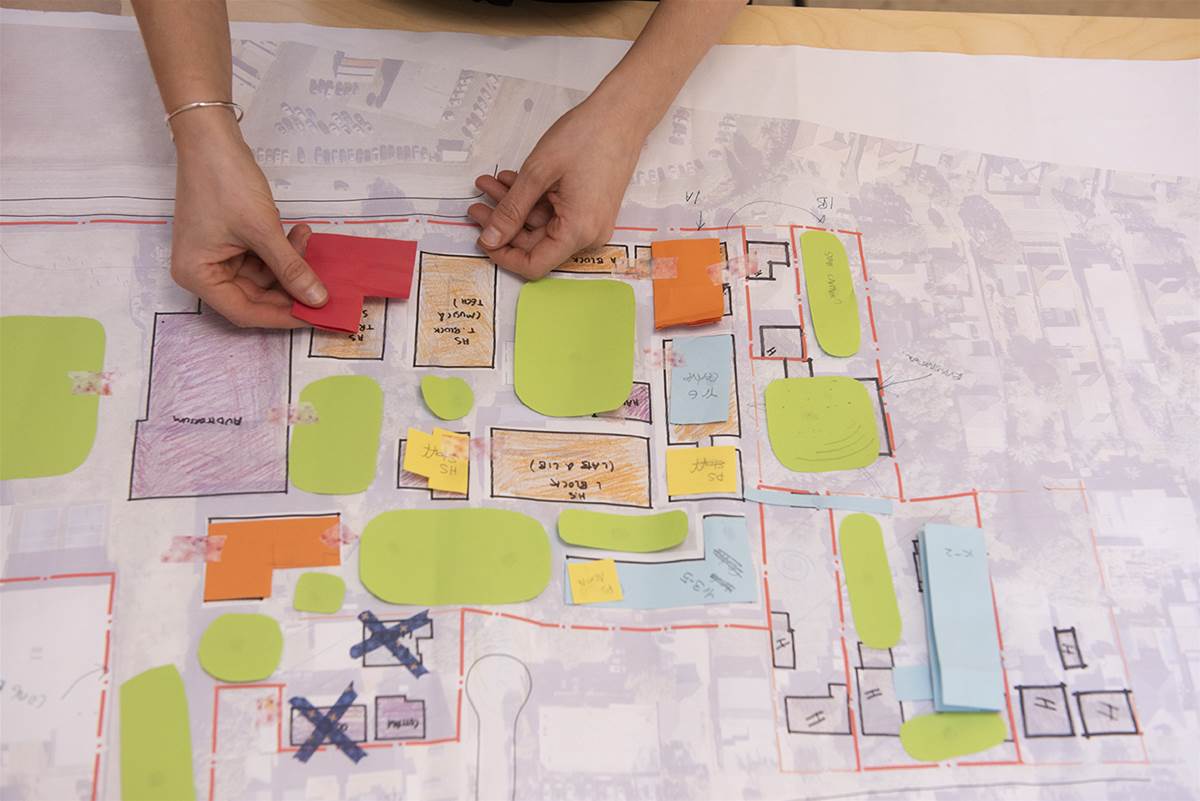 1pm: I walk over to the nearby pool or gym and exercise for at least an hour. It refreshes me and sets me up for a productive afternoon.
1pm: I walk over to the nearby pool or gym and exercise for at least an hour. It refreshes me and sets me up for a productive afternoon.
3pm: My favourite days are when we work with kids, conducting workshops with them to help us prepare for a new school building or a play space. We’ll take the kids through various activities, trying to understand their favourite spaces in their school, which areas they love to play in, and where they think that they learn best.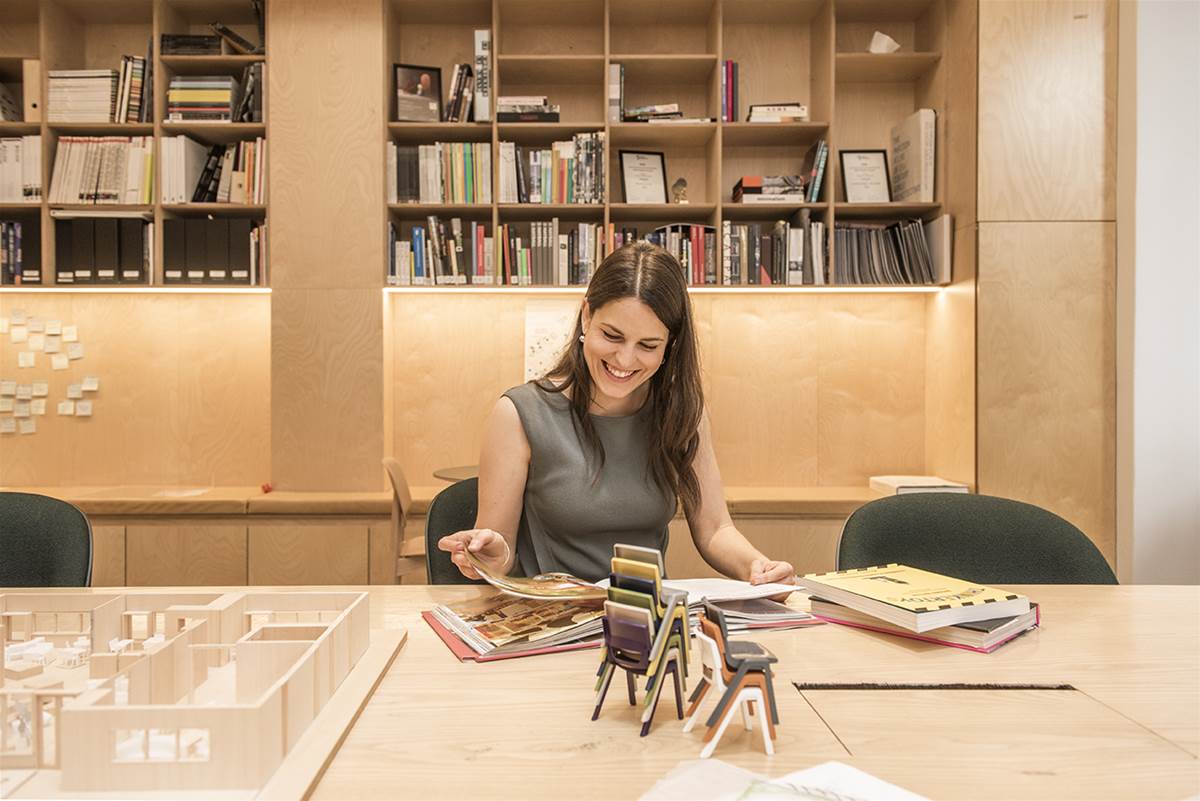 7pm: After dinner and some relaxation time, I work on Cities for Play. That could involve writing an article for an online publication, preparing a presentation to a local council, or posting to the Cities for Play Instagram account. Tonight, I’m writing an article about why street design should prioritize children’s play. It’s busy, but my advocacy work really gives more meaning to my career as an architect. It’s why I do what I do!
7pm: After dinner and some relaxation time, I work on Cities for Play. That could involve writing an article for an online publication, preparing a presentation to a local council, or posting to the Cities for Play Instagram account. Tonight, I’m writing an article about why street design should prioritize children’s play. It’s busy, but my advocacy work really gives more meaning to my career as an architect. It’s why I do what I do!
This intriguing chat with architect Natalia Krysiak was brought to you by our mates at Monash Art, Design and Architecture. If you’re keen to learn more about their inclusive, creative community and industry-led design course offerings, head this-a-way to the Monash University website.

